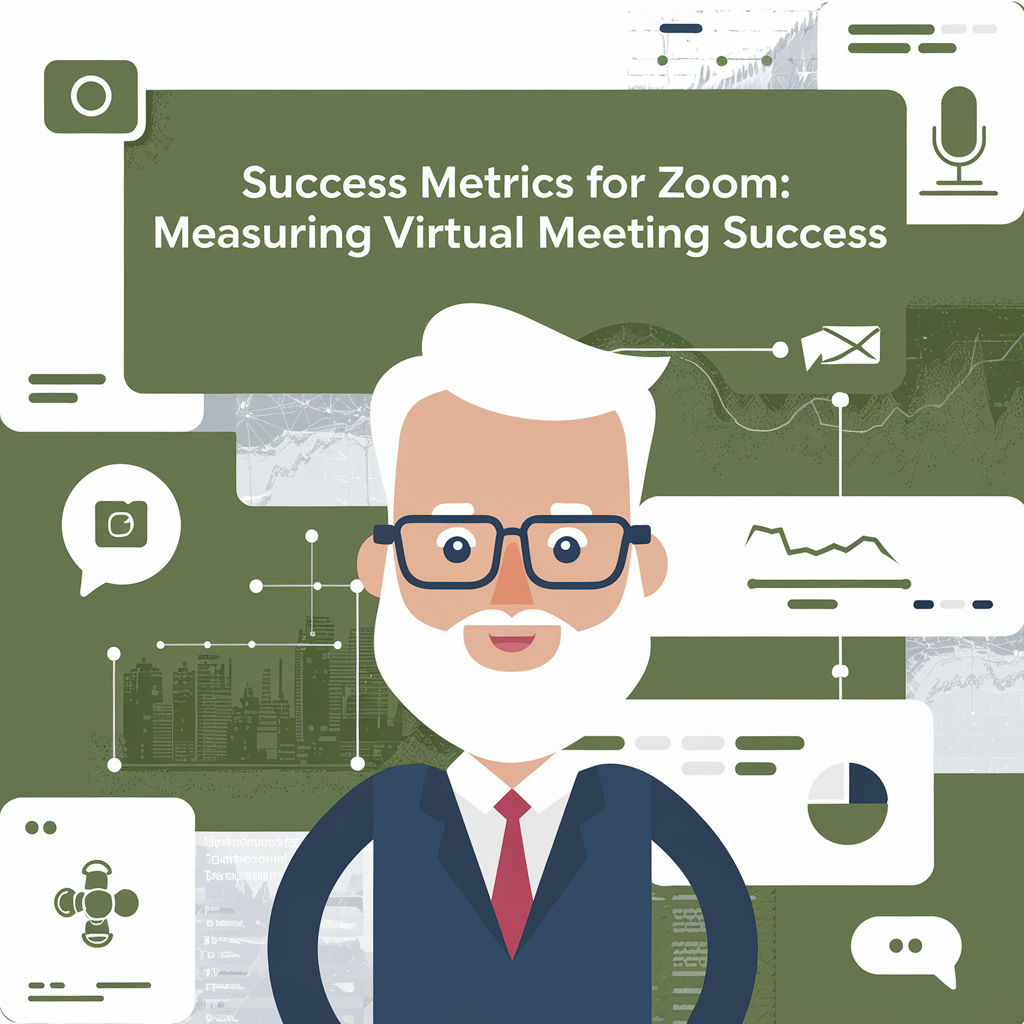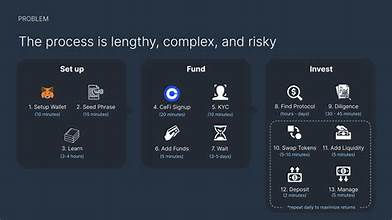In the rapidly evolving world of digital communication, the significance of platforms like Zoom has surged to unprecedented levels. As businesses, educational institutions, and individuals increasingly rely on this tool, understanding success metrics for Zoom becomes essential. These metrics provide insights into the platform’s efficiency, user experience, and overall value. This article explores various success metrics and how they can be applied to ensure optimal outcomes for virtual interactions.
Table of Contents
What Are Success Metrics for Zoom?
Success metrics are quantifiable indicators that measure the effectiveness of Zoom meetings, webinars, and other virtual events. By focusing on specific metrics, organizations can identify areas of improvement, enhance user satisfaction, and achieve their communication goals. In the context of Zoom, these metrics cover aspects such as engagement, technical performance, and overall meeting success.
Key Components of Success Metrics for Zoom
Understanding the success metrics for Zoom requires breaking them down into critical components. Here are the primary aspects to consider:
User Engagement
Engagement is a cornerstone of effective communication. In Zoom meetings, measuring user engagement involves assessing participant interaction, such as:
- Chat activity
- Poll responses
- Q&A participation
- Use of reaction emojis
Tracking these interactions provides insights into how involved participants are during meetings, helping hosts identify strategies to maintain or improve engagement.
Meeting Attendance
Attendance rates are vital success metrics for Zoom events. Monitoring who attends and how long they stay helps gauge interest and relevance. Key indicators include:
- Registration versus actual attendance
- Average time spent in the meeting
- Drop-off rates
High attendance and sustained participation reflect the success of a meeting’s content and delivery.
Audio and Video Quality
Technical performance is integral to the user experience. Metrics such as:
- Network latency
- Audio clarity
- Video resolution
provide a comprehensive understanding of technical issues that might hinder communication. Regular monitoring ensures a seamless experience for all participants.
Post-Meeting Feedback
Feedback is invaluable for continuous improvement. Conducting post-meeting surveys with questions tailored to specific success metrics for Zoom offers actionable insights. Examples include:
- Satisfaction with meeting content
- Technical difficulties faced
- Suggestions for improvement
Host and Participant Interaction
Measuring how effectively hosts interact with participants is another important metric. This can include:
- Response time to questions
- Inclusion of diverse viewpoints
- Facilitation of smooth transitions between topics
Strategies for Improving Success Metrics for Zoom
Improving success metrics for Zoom requires a proactive approach. Here are some actionable strategies:
Optimize Meeting Structure
Structuring meetings with clear agendas, time limits, and designated breaks can enhance engagement and reduce fatigue. A well-organized meeting reflects positively on its success metrics.
Leverage Zoom Features
Zoom offers features such as breakout rooms, polls, and whiteboards that can make meetings more interactive. Using these tools effectively boosts engagement and participant satisfaction.
Invest in Technical Infrastructure
Reliable internet connections and quality audio-visual equipment are essential for smooth virtual meetings. Regular system checks and updates minimize technical disruptions, improving key metrics.
Analyze Data Regularly
Zoom provides analytics tools that allow hosts to monitor various metrics. Regularly reviewing this data ensures continuous improvement and better alignment with organizational goals.
Advanced Success Metrics for Zoom
For organizations with extensive virtual communication needs, advanced metrics offer deeper insights. These include:
Meeting ROI
Calculating the return on investment (ROI) for Zoom meetings involves comparing costs (subscriptions, equipment) against outcomes (sales leads, knowledge sharing). This metric helps determine the platform’s value.
Participant Retention
Retention metrics focus on how many participants return for recurring meetings or events. High retention indicates satisfaction and relevance, making it a critical success metric for Zoom users.
Accessibility Metrics
Ensuring inclusivity is essential for modern virtual meetings. Accessibility metrics include:
- Availability of closed captions
- Language interpretation services
- Ease of navigation for users with disabilities
Real-Life Applications of Success Metrics for Zoom
Understanding success metrics for Zoom has practical implications across various industries:
Education
In virtual classrooms, metrics like student attendance, engagement, and comprehension levels provide educators with feedback to enhance teaching methods.
Corporate Training
For businesses, tracking metrics such as employee participation, knowledge retention, and training completion rates ensures the effectiveness of training programs.
Event Hosting
Event organizers rely on metrics such as audience size, interaction levels, and post-event feedback to assess the success of webinars and conferences.
The Role of AI and Automation
The integration of AI and automation tools in Zoom has opened new avenues for monitoring success metrics. Features like automated transcription, sentiment analysis, and predictive analytics provide real-time insights into meeting effectiveness.
Challenges in Measuring Success Metrics for Zoom
Despite their benefits, tracking success metrics for Zoom can be challenging. Common obstacles include:
- Data privacy concerns
- Technical limitations in gathering comprehensive data
- Variability in user behavior across different meetings
Addressing these challenges requires a combination of robust tools and thoughtful policies.
Also Read: Lync Conf Game Mods: The Ultimate Guide to Game Modding
Conclusion
Mastering success metrics for Zoom is essential for maximizing the platform’s potential. By focusing on engagement, technical performance, and participant satisfaction, organizations can create impactful virtual experiences. As technology continues to evolve, staying attuned to these metrics will ensure sustained success in the digital communication landscape.












